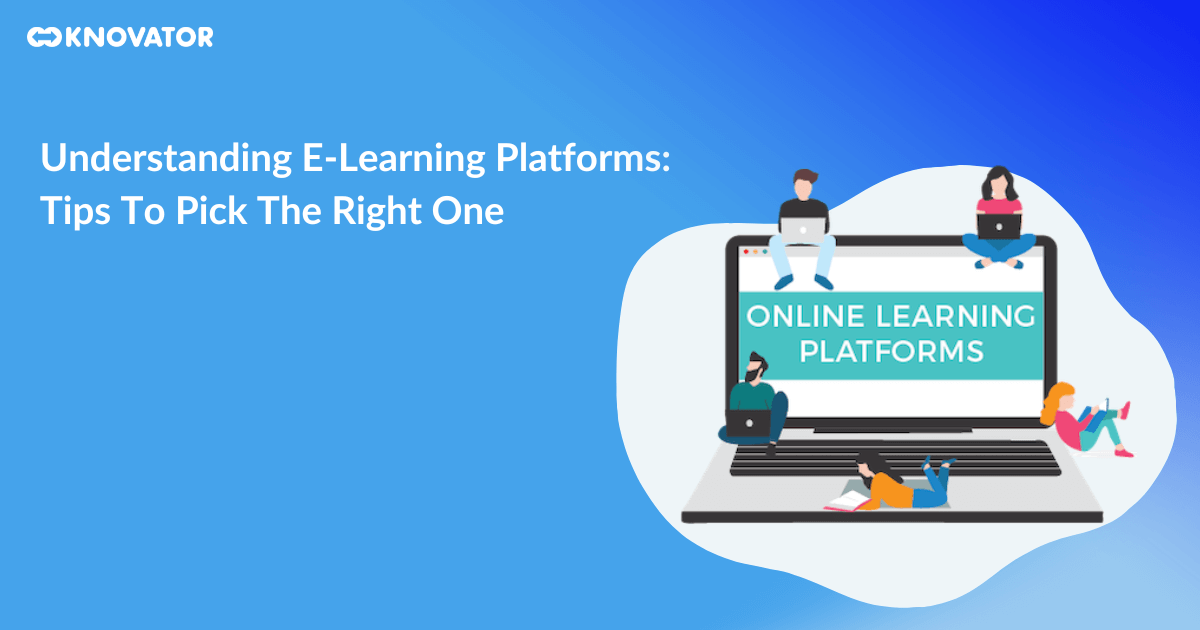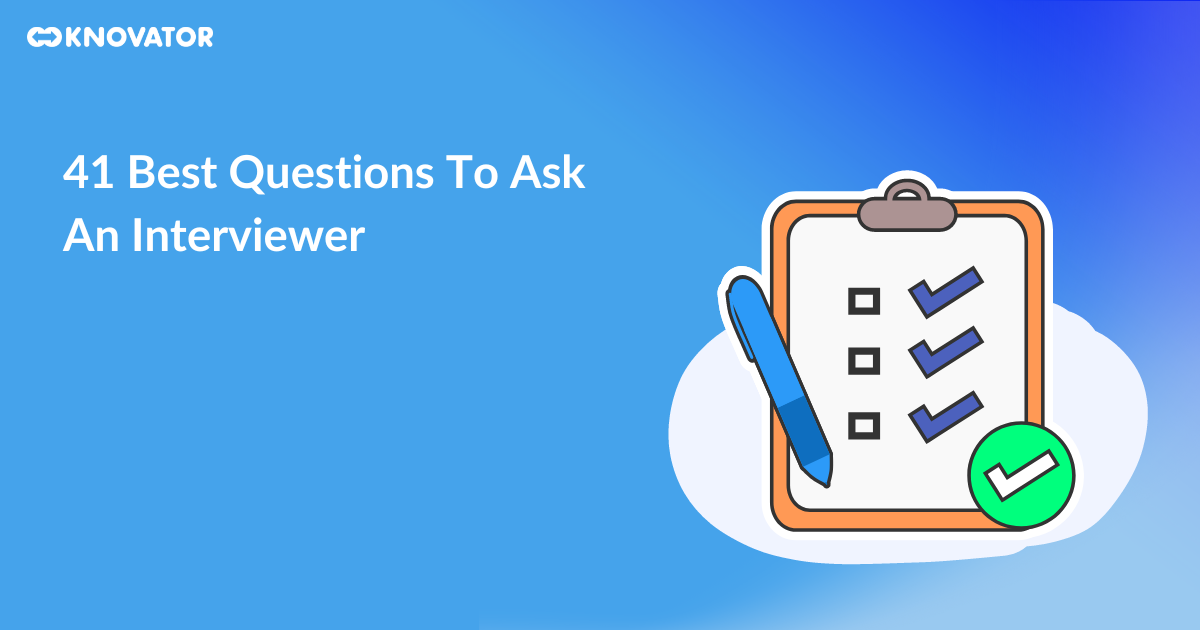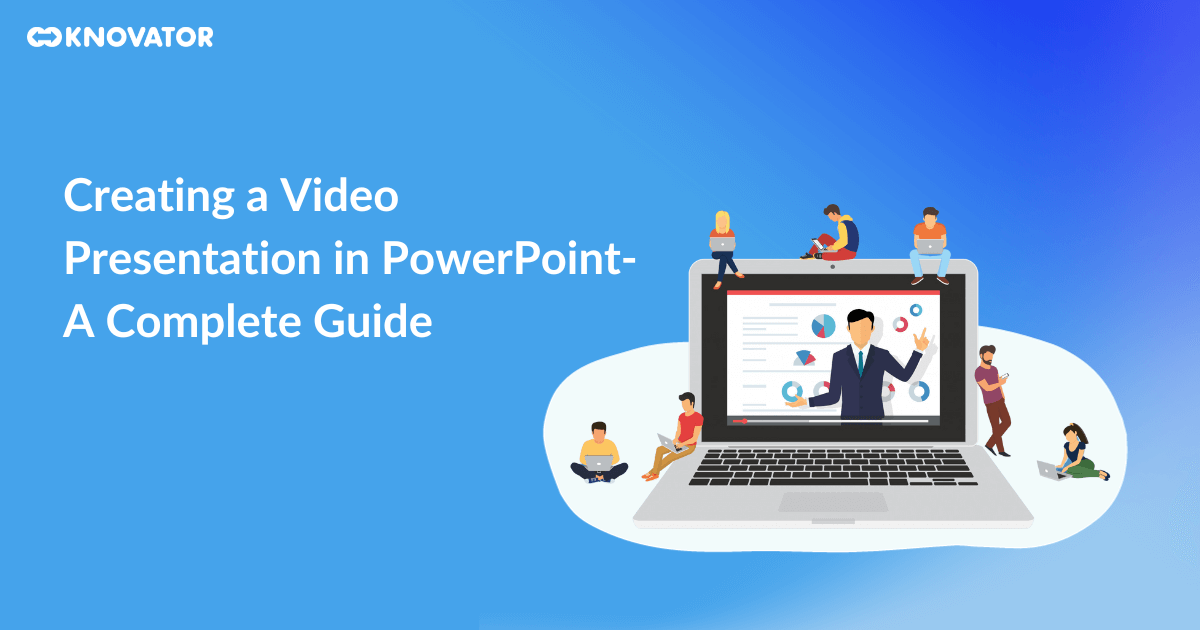Imagine having access to vast courses and knowledge at your fingertips, all from the comfort of your home. Well, that’s what e-learning is all about! But with so many options, finding the best fit can be difficult.
Don’t worry. We’ve covered you with simple tips and tricks to help you find the perfect e-learning platform. We’ll show you how to understand the different courses they offer, check if they are trustworthy, and see if they provide good support.
By the end of this post, you will have the knowledge to choose the perfect e-learning platform. You will also feel confident that it aligns with your goals and aspirations. We’ll ensure you’re well-prepared to make the best decision for your learning journey!
What are E-Learning Platforms & What are their Types?
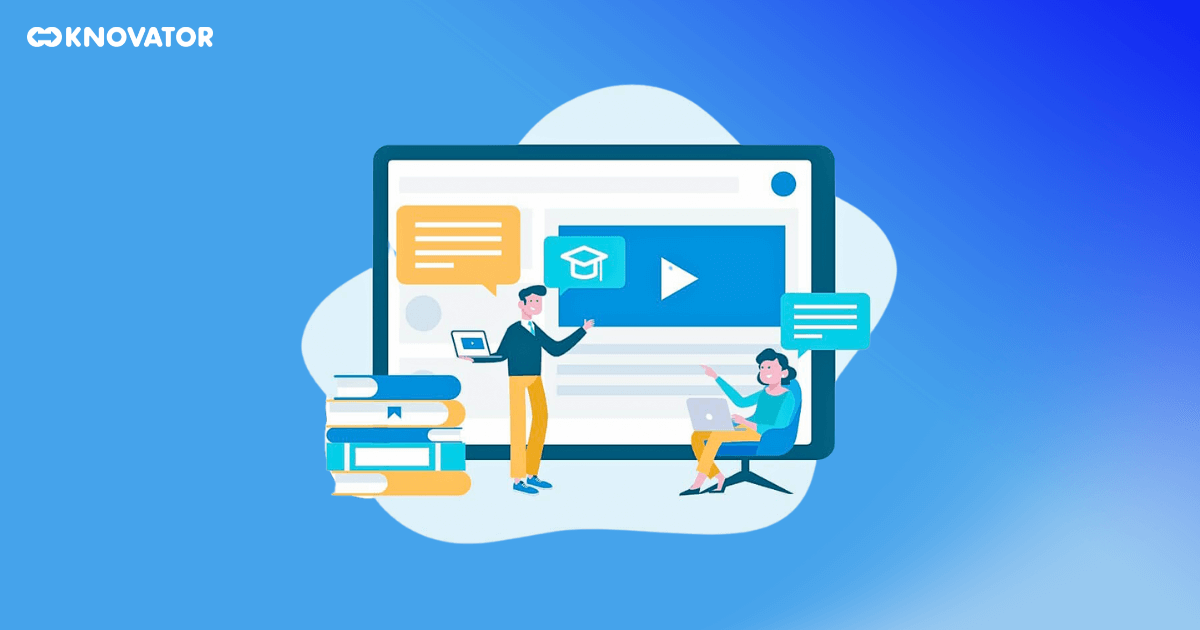
E-learning platforms aim to bring education directly to learners’ fingertips. They eliminate the need for physical classrooms. These platforms allow students to study from anywhere with an internet connection. This accessibility is especially beneficial for those with busy schedules and working professionals. It also benefits people in remote areas with limited educational resources.
Several types of e-learning platforms cater to different learning needs and styles. Some prominent types include Learning Management Systems (LMS), Massive Open Online Courses (MOOCs), Virtual Classroom Platforms, and Mobile Learning Apps.
1. Learning Management Systems (LMS)
Learning Management Systems (LMS) are software applications that make learning and training easier. They help teachers and learners organize and track educational stuff online. LMS is important for online learning because it brings everyone together in one place. It has many uses in schools, companies, and employee training.
In schools, LMS helps teachers make online courses and share study materials with students. Students can see everything on the platform, submit their work, and talk to their teachers and friends. For companies, LMS is used to train employees. It’s like a virtual classroom where workers can learn new skills and knowledge.
Some applications of LMS include Moodle, Absorb LMS, iSpring Learn, Mindflash, SkyPreh, and more.
2. Massive Open Online Courses (MOOCs)
MOOCs offer online courses to many learners worldwide. Universities or experts in various fields often provide it. These courses are open to everyone, allowing learners to enroll without cost. MOOCs often include video lectures, interactive quizzes, and discussion forums. They offer a flexible learning experience.
3. Virtual Classroom Platforms
Virtual classroom platforms enable live, interactive online classes. They facilitate real-time communication between instructors and learners through video conferencing, chat, and whiteboard features. These platforms are widely used for remote education, corporate training, and webinars.
4. Mobile Learning Apps
Mobile learning apps provide educational content that can be accessed on smartphones and tablets. These apps offer flexibility and convenience, allowing learners to study on the go. They often include interactive quizzes, flashcards, and gamified learning features.
Choosing the Right E-Learning Platform
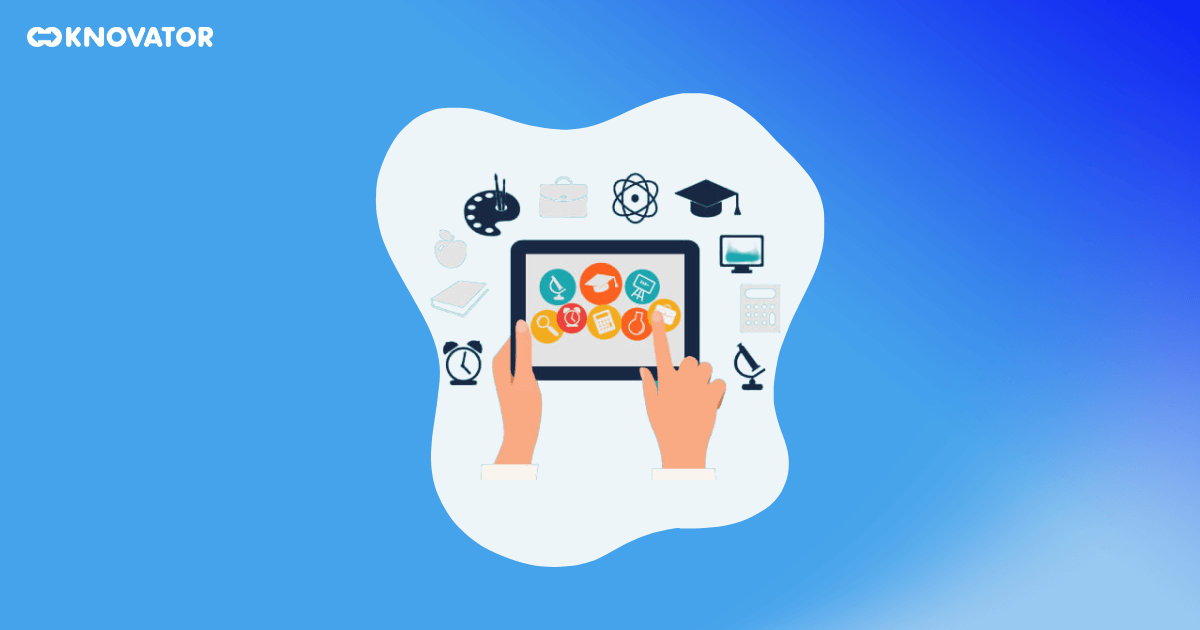
Ensure that your e-learning platform,
1. Caters to Learners’ Needs
To pick the perfect e-learning platform, we must understand what learners want. Everyone learns differently, so the platform should consider their preferences. Some learners like videos, while others prefer reading. It’s essential to know how learners expect the information to be presented. The platform should be easy to navigate and user-friendly, making learning easy!
2. Is Mobile-Friendly
There are many e-learning platforms that you can not use with your smartphone. Having an e-learning platform that works on mobile devices is important. It lets learners study on the go, like traveling or waiting in line. Mobile-friendly platforms make learning flexible and convenient. Learners can access courses from smartphones or tablets, enhancing their learning experience.
3. Is Easy to Integrate
An excellent e-learning platform should play well with other apps and features. Integration is essential for a smooth learning experience. For example, integrating video conferencing tools enables live virtual classes. This way, learners can get all they need in one place, saving time and effort.
4. Is Cost-Effective
Choosing a cost-effective e-learning platform means spending less on fancy features you don’t need. Instead, look for a platform that perfectly fits your training needs. Why pay for things you won’t use?
A cost-effective platform offers all the essential tools without breaking the bank. It’s like getting the best value for your money! So, be smart and choose wisely to save your precious pennies while having a fantastic learning experience.
Related : Custom LMS Development Cost
5. Provides Content Support
Ensure the e-learning platform you choose can handle different content formats used in your courses. Content support is essential! Some courses may have videos, while others use documents or interactive quizzes.
The platform should be flexible enough to work with all these types of content. This way, learners can access and engage with the materials easily. Whether it’s videos, slides, or documents, the platform should support them all, ensuring a smooth and enjoyable learning experience for everyone.
6. Is Reliable and Secure
It’s important to prioritize security! These platforms store lots of data, like students’ personal info and company data. You should ensure the platform has a proper end-to-end encrypted security system to protect this data from hackers and viruses. This strong security ensures that all the data is safe and only accessible to authorized users.
Use Cases of E-Learning Platforms
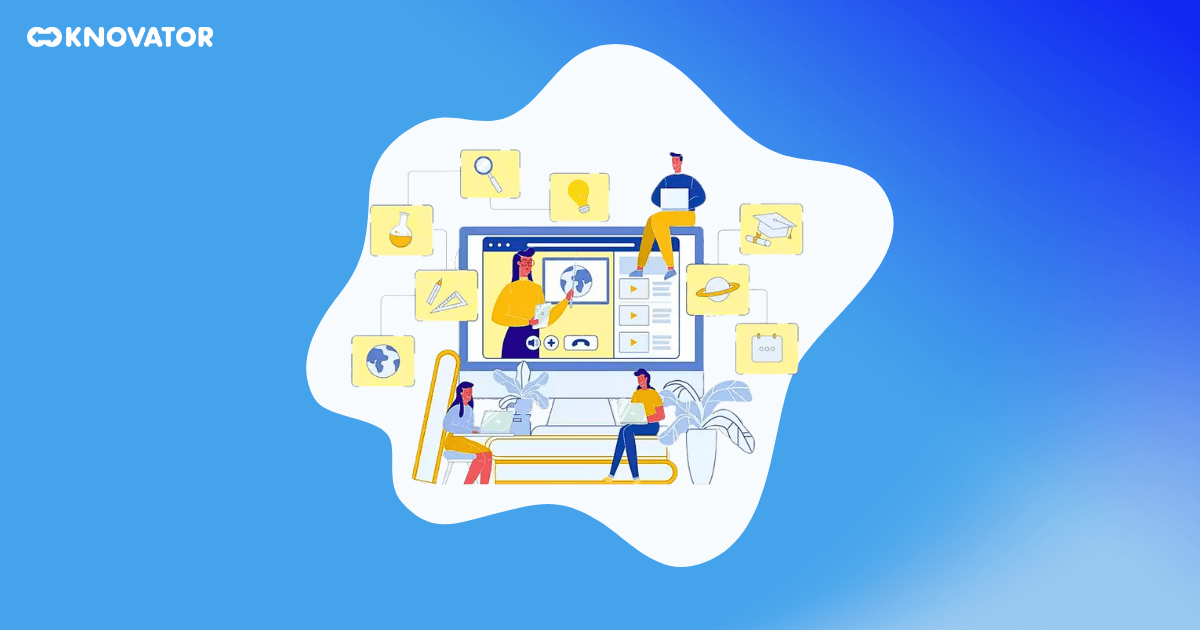
1. Healthcare
Healthcare is an essential part of the economy, and it uses e-learning to teach its professionals important things. E-learning helps medical workers learn without changing their busy schedules. They can easily learn about diseases, treatments, and new medical tools. They can also learn about helpful medicines. E-learning materials are updated regularly.
Healthcare workers can access these learning materials anytime, anywhere. Even government and independent groups use e-learning to teach people about diseases and how to care for their health. It’s an easy and helpful way for everyone to learn about healthcare.
2.Computer and IT industry
The Computer and IT industry is essential for the economy and progress in all other industries. It’s crucial to easily train current and future professionals in this field to achieve financial, political, and social goals. Computer and IT experts use E-learning platforms to learn about the latest technology and create new things for the future.
E-learning helps them access new ideas and work with other professionals worldwide. It’s a great way for them to stay updated and work together on important projects.
3. Retail And eCommerce
E-learning has been a big help for retail businesses. One main challenge they faced was ensuring the skill development of employees. Retail is a tough industry, and having knowledgeable and tech-savvy staff is important for success.
With e-learning, retail professionals can learn how to use inventory software, follow security rules, and stay updated about product changes while talking to customers. It’s the best way of giving them important information without disturbing their work.
Also, e-learning has been great for teaching retail workers about quality control using automation. When retail companies use e-learning, they can build strong teams with good selling skills and tech know-how. It helps them do better than their competitors and reach their financial goals.
4. Education
Education has changed a lot because of technology. Now, you can learn from home, from kindergarten to university. There are many ways to learn online, like academies, MOOCs, podcasts, and live lectures. It has made learning easier for students and teaching more accessible for teachers. Using educational platforms and software is very common now. The education industry is growing a lot, and it is expected to get even bigger in the coming years.
Related : Automate Teaching with Custom eLearning Development
The Role of E-Learning in Education
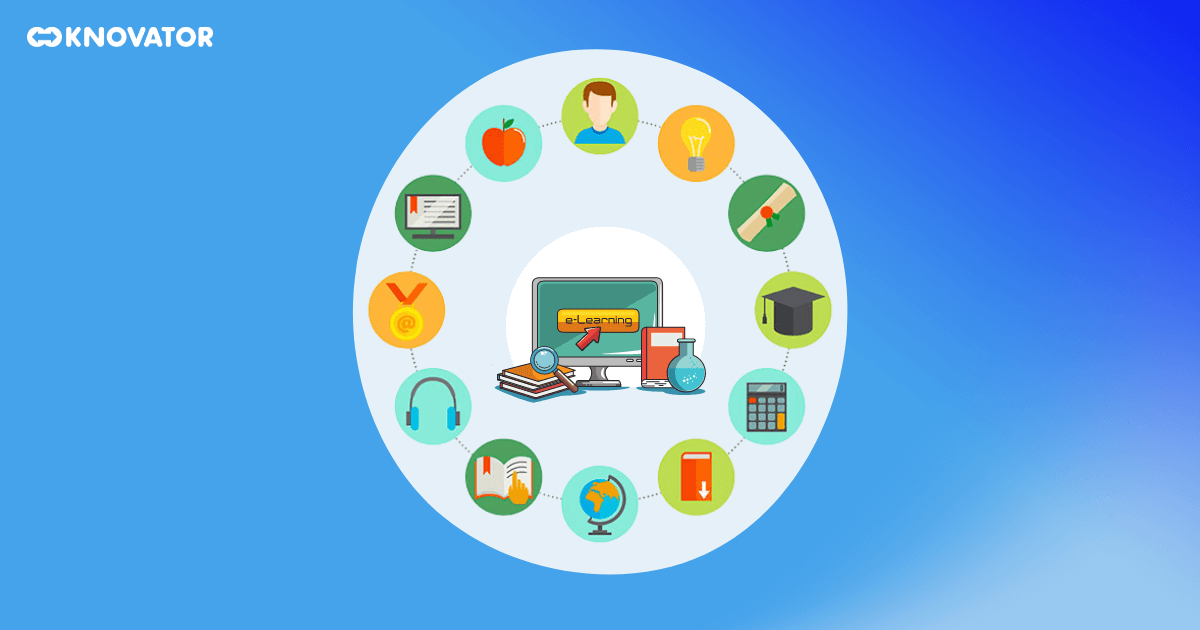
In e-learning development, experts design interactive lessons, quizzes, and videos that make learning interesting. They use technology to create user-friendly platforms where students can easily access the courses and materials.
The role of e-learning development is important in making teaching courses effective. Here’s why:
- Engaging Content: E-learning development creates attractive content that grabs students’ attention. Interactive elements like videos, animations, and games make learning enjoyable and keep learners interested.
- Personalized Learning: E-learning allows customization. All students can learn at their own pace. They can revisit challenging topics and skip what they already know well.
- Accessibility: E-learning courses can be accessed on computers, tablets, or smartphones. It means students can study anytime, anywhere, making education reachable to more people.
- Progress Tracking: E-learning platforms keep track of students’ progress. Teachers and learners can see how well they are doing and identify areas that need improvement.
- Flexibility: E-learning development provides flexibility in how courses are delivered. Instructors can update content easily and keep it relevant to the latest knowledge and trends.
- Cost-Effective: E-learning eliminates the need for physical classrooms and printed materials. It makes education more cost-effective for students and institutions.
- Continuous Learning: E-learning development allows for continuous learning. It enables professionals to upgrade their skills and knowledge throughout their careers.
Overall, e-learning development changes education by making it more engaging, accessible, and effective.
Discover Your Perfect E-Learning Partner: Finding the Best Fit Made Easy!
Choosing the right e-learning platform is important for a successful learning experience. With the rapid growth of e-learning, many options are available, but not all platforms are the best. Consider your specific needs while choosing the e-learning platform. For example, the type of courses you want to take and the platform’s compatibility with your devices.
Look for platforms that offer engaging and interactive content, progress tracking, and user-friendly interfaces. Additionally, ensure the platform provides good customer support. It should also have a strong security and data privacy reputation.
By carefully evaluating the features and offerings of different e-learning platforms, you can find the one that best suits your learning goals and style. Embrace the potential of e-learning, and let the right platform guide you on your educational journey to success.
Happy e-learning!
